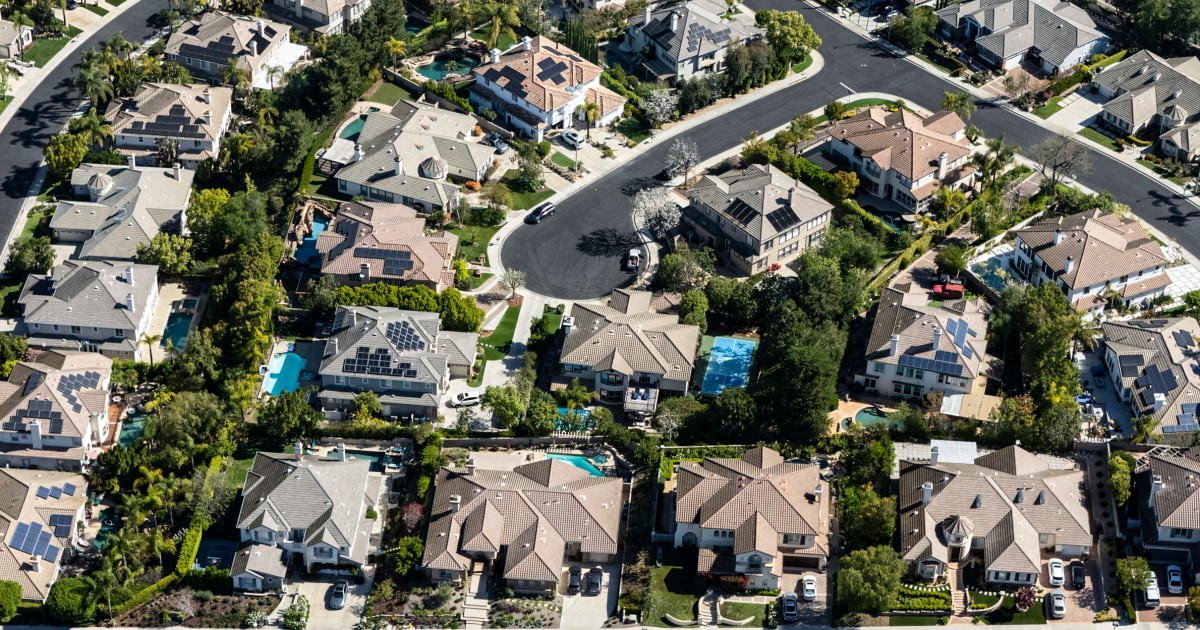Housing Market Faces Affordability Crisis Despite Increased Inventory
Rising home prices and poor supply hinder middle- and low-income buyers in the housing market, revealing a significant affordability gap.
Subscribe to unlock this story
We really don't like cutting you off, but you've reached your monthly limit. At just $5/month, subscriptions are how we keep this project going. Start your free 7-day trial today!
Get StartedHave an account? Sign in
Overview
A new report highlights the growing affordability crisis in the U.S. housing market, as many middle-income families find themselves priced out. March data indicates that while overall housing inventory has increased compared to last year, only 21.2% of homes are affordable for households earning $75,000 a year, compared to nearly 49% pre-pandemic. The market still needs over 416,000 additional affordable listings to achieve balance. Particularly challenging conditions exist in cities with restrictive zoning laws, while some regions have begun to see improvements in affordable home availability. Experts recommend policies to spur new housing developments.
Report issue

Read both sides in 5 minutes each day
Analysis
- Rising home prices and mortgage rates are making homeownership increasingly unaffordable for middle-income families, with only about 1 in 5 homes listed being affordable for households earning $75,000 annually.
- While there has been an increase in the number of homes available, especially at moderate price points, there is still a significant need for more listings—over 400,000 homes priced at or below $255,000 are needed to alleviate the affordability crisis.
- Affordability challenges are compounded by strict zoning laws and local policies limiting construction, which are driving prices higher and shutting out many aspiring homeowners.
Articles (3)
Center (2)
FAQ
The main factors contributing to the housing affordability crisis in the U.S. include rising home prices, a lack of affordable housing supply, and high mortgage rates, which make it difficult for middle- and low-income buyers to afford homes.
The housing inventory has increased compared to last year, but it still lacks sufficient affordable listings. This means that despite more homes being available, there remains a significant gap in affordability for many potential buyers.
Potential solutions include policies that spur new housing developments, adjustments to zoning laws to allow for more construction, and investments in affordable housing programs.
History
- This story does not have any previous versions.


